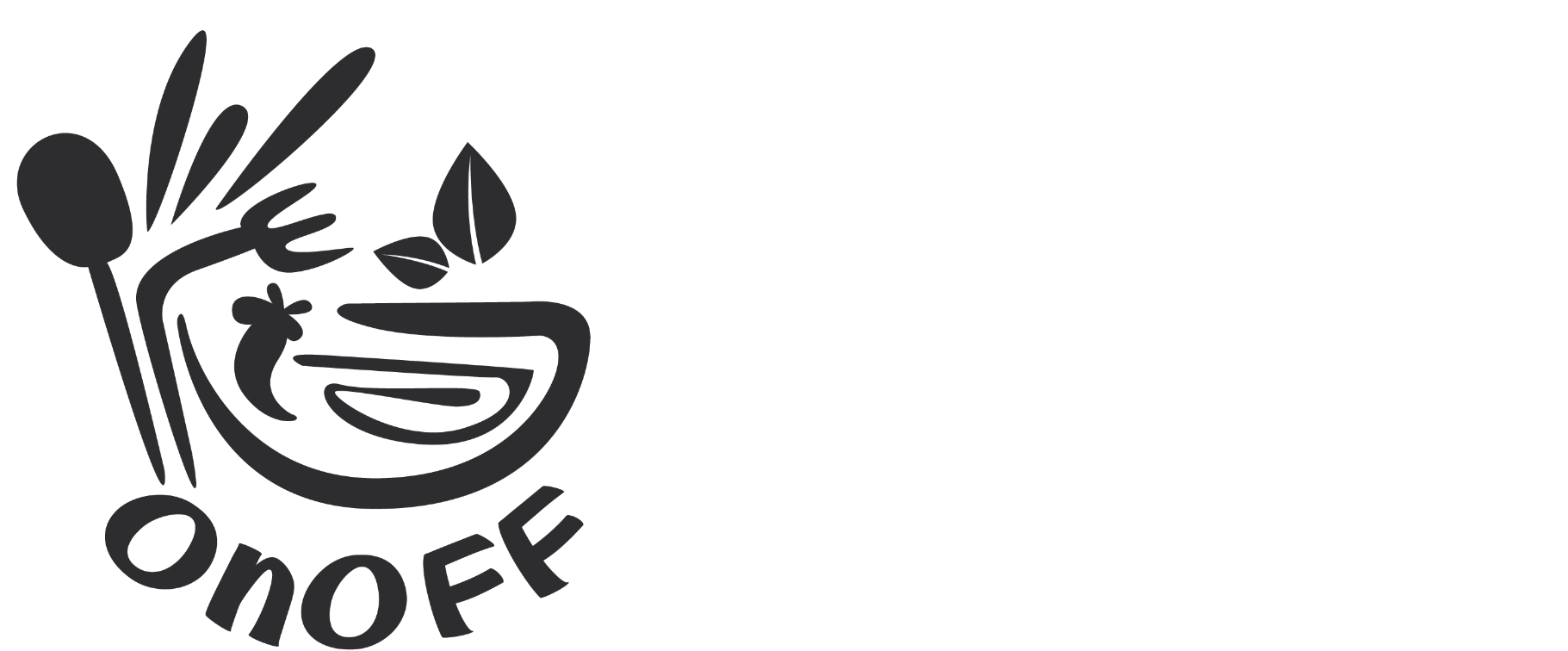A DELICIOUS HISTORY OF THAIS EATING

- Thai don't say hello or how are you, they ask to greet you if you have eaten. It immediately indicates how important food is for the Thai. On almost all farms there are canteens and kitchens, so food can always be made. Some Thai go to work extra early to be able to eat with colleagues first. Otherwise there is a food court in the neighborhood with different stands, all with their own specialty. They eat all day, everything else is sideline. Another people might get away with it, but fortunately the Thai do not. Eating is a main thing and what you eat has to be good. That passion and attention are the basis for the worldwide popularity of Thai cuisine, which together with the Italian, Chinese, Indian and French cuisine is counted among the 5 most popular in the world.
The famous Thai cuisine has a long history and, like everything else, has changed over time. Sometimes consciously and sometimes unconsciously changed dishes due to outside influences. Although the Thai do not always find it easy to admit that. The most spicy food, the food with the most turbulent flavor combinations, comes from the northeast of Thailand, the Isaan. That borders on Laos and many dishes that are still popular today, such as larb and som tam, come from there. From the south, which borders Malaysia, come softer, but finely spiced dishes such as massaman curry. Crisps from central Thailand are traditionally sweeter and based on coconut milk. Another unmistakable factor is the influence of Chinese cuisine. Approximately one fifth of all Thai have Chinese roots, hence.
It is difficult to lay a finger on the moment when significant Thai dishes take shape. The dishes, like the country itself, slowly developed into a whole. The retired Thai professor Sukanya Sujachaya, who is writing a book on the history of Thai food, has found evidence on murals and in foreign documents that there was already fish sauce in Ayutthaya, when it was one of the most prosperous areas of Southeast Asia from the 14th to the 17th century. It was already attracting people from far and wide. With the arrival of many Chinese, the taste of fish sauce changed. The Siamese made it from freshwater fish, but under the influence of the Chinese, fish from the sea was fermented.
In Thailand itself, the history of food is not well documented, there was simply no attention for it. According to professor Sukanya because there was food in abundance, there was no need to think about it. The work of the Thai professor should contribute to the recognition of Thailand by Unesco for its culinary and cultural legacy.
From red curry with chicken, crispy Thai omelette and chili pasta, the professor now also knows that they are hundreds of years old. They were served in 1809 during a meal for monks in the Temple of the Emerald Buddha in the Grand Palace in Bangkok. Don't forget, when this dinner took place Bangkok was less than 30 years old, it was not yet an organized country. Only under king Chulalongkorn (king from 1868 to 1910) this changed.
Professor Sukanya suspects that tom yam soup with shrimps, another Thai classic, was already made in Ayutthaya time, because there were a lot of shrimps in the rivers there; but she is not sure. We do know that King Chulalongkorn was very fond of good food. After he tasted tom yam somewhere in the province, his enthusiasm was so great that he had the dish included as an official part of the Royal Thai Cuisine (a selective choice of dishes served within the palace walls).
That the Thai take their food seriously is also shown by a series of (largely unsuccessful) initiatives to keep Thai cuisine abroad on a high level. At the end of 2018 the Thai Minister of Trade came up with the project Thai Select, the Thai Michelin star. Restaurants all over the world can get a real certificate (and a Thai Select Star) if the food is good and truly Thai; the right ingredients are used, if the hygiene in the restaurant is in order and if the atmosphere and service are top. We are going to see it.
About fifteen years ago, the Treasury Department already sent people to the United States to have a similar star, then a gold certificate, handed out. It didn't get off the ground. Worth mentioning, because almost unbelievable, is the program Authentic Thai Food (Thai Rod Tae). About nine years ago, the Ministry of Industry had an 'electric nose, electric tongue machine' built (yes, that's really what it says). This machine, which could control food on the Thai standard, would be sent to Thai embassies, so that restaurateurs there could have Thai food judged. It turned out that after (expensive) production, the machine could only test two dishes properly, with the result that machine and plan disappeared into the closet.
The plan to develop a government-controlled cooking course also ran aground due to administrative and visa problems. Yet this seems to be the way. Because such an extensive private course was once the beginning of ONOFF SPICES. When Onno Stienen came back to the Netherlands after such a course to teach Thai cooking courses, he discovered that the real Thai ingredients were not available. So the idea was born for him to pick them up (and make them) himself. The rest is delicious history.



